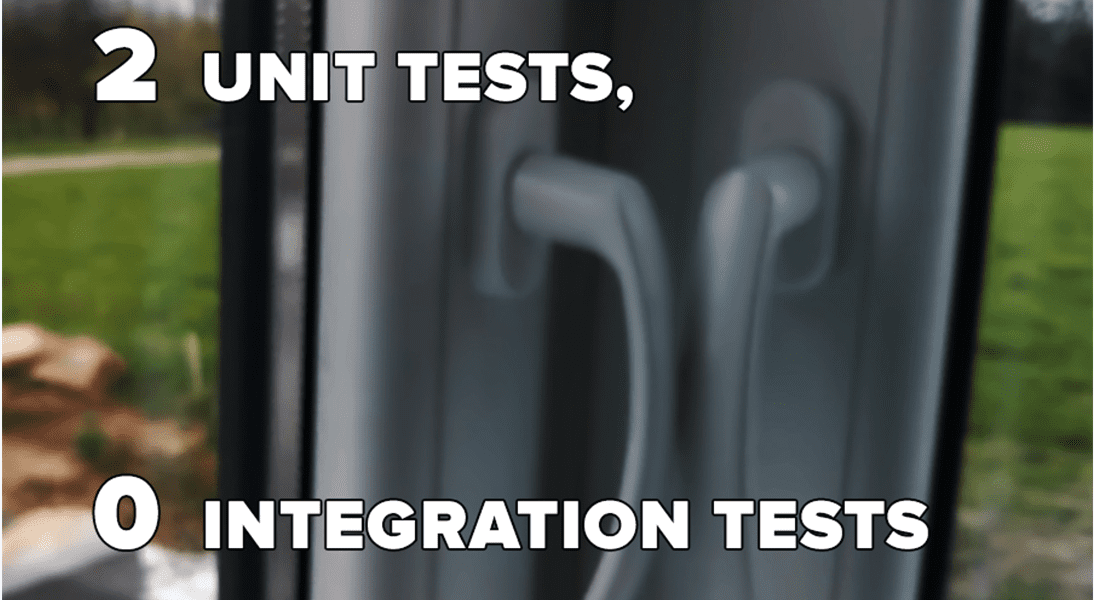Testing as the Backbone of Qualitative Software


Quality assurance (QA) in software engineering implies continuous activities designed to ensure that all processes, features and products comply with established requirements and standards. In simplest terms, quality assurance means making sure that everything works the way it should be and your clients will get the software product of the highest quality. It is equally important to ensure the high quality of corporate software systems. Otherwise, such systems may not meet the needs of your business, and errors in them may result in financial errors, sending wrong information to your clients, and other disastrous consequences. As a result, QA has a great impact on customer loyalty, your business reputation, and the overall success of your business.
How can I make sure that the product and all its features comply with the requirements and standards?
In software development companies this is achieved primarily through testing. Testing is a part of the broader quality assurance process and focuses on finding defects in software products.
What is the essence of software testing?
Testers are questioning the fact that all features in a product are working the way they should be. They devote all their time and energy to finding bugs in software.
And now we come to the point. Testing saves money for businesses. The reason is simple: quality assurance and testing ensure that you will provide your clients with a quality software product. Finding bugs in time will save you a headache later when it will be hard to fix a problem.
There is a fundamental truth: the longer bugs are unheeded, the more money it will cost your business to fix them. In the book Code Complete, a famous expert in project management and software engineering, Steve McConnell shares a table with bugs and costs of fixing each of them in various stages of the product life cycle. The table clearly shows that the earlier a bug is detected, the lower the cost of fixing it.
So, when considering whether to involve QA & testing engineers in your software development team, the answer is clear-cut. Bugs in your software = large expenditures and a bad reputation.
Finally, in some industries, bug-free software is vital. Like, for example, in the automotive industry where smart cars assume the driver’s role, or, all the more, in the healthcare sector where bugs are, obviously, unforgivable.
You may know that testing can be manual and automated. But did you know that there are a few software testing types that in different ways ensure the quality of software products?
Let’s take a look at the most important of them below.
Unit Testing
This is probably one of the most surprising types of testing since it is performed by software developers at the very beginning of the project.
Why is it first on the list? Because it celebrates the test-driven approach to software development.
Unit testing is called this way, as it comprises testing of a software product’s individual components – units. Software developers сreate unit tests for their code and in the future this enables them to quickly find bugs after making changes to the code.
Proponents of the test-driven development approach write unit tests first and only then the code. In such case, developers through tests specify what each product module should do. They thereby convey their thoughts on specific product components and features. Then they write the code to embody the planned functional components. The main benefit of unit testing for software developers is that it enables them to modify the code related to a unit without affecting the work of other components and the whole product.
Although the importance of unit testing is a rather controversial issue since some developers and project managers tend to underestimate it, check out the advantages below and make your own conclusions.
Benefits of Unit Testing
1. Quick Problem Detection and Fixing
When it comes to making changes (and this is sometimes inevitable), the code covered with tests is more solid than the code without unit tests. If someone changes the code covered with tests and breaks something, they will detect the problem immediately.
Furthermore, a good practice implies that when developers modify the code, they run all units tests or a group of them locally to make sure that the code was not screwed up.
Some companies utilize build servers so that even in case a developer forgets to run unit tests, the build server will do it for them and the broken code will not fall into the working branch.
Thus, unit tests allow developers to find and fix bugs instantly and with minimum resources used.

2. Saving Money
Getting back to what we have discussed above: the earlier a bug is detected, the cheaper and easier it is to fix it.
When developers write unit tests, quite a number of bugs are found at the software construction stage. Thus, bugs do not proceed to the following stages, including product release. And that, obviously, saves money.
3. Contribution to Extreme Programming
Unit testing is a sine qua non of extreme programming.
Extreme programming glorifies the “test everything that can possibly break” approach. Unit tests are ideally suited for this methodology.
4. Providing Documentation
Unit tests, in substance, embody living documentation of a software product. To find out what functions are performed by various modules, developers can take a look at unit tests. This enables them to get a clear image of a module’s and the whole system’s logic.
Regression Testing
Regression Testing is the kind of testing aimed at detecting errors in already tested pieces of the code after some changes. Changes requiring regression testing include software upgrades, new functionality, fixing bugs, and integration with another product. Such errors found after modifications in software that did not previously exist are called regression bugs.
So, similar to unit testing in some cases, regression testing ensures that changes have not affected the rest of the code.
It is not uncommon when regression testing reveals bugs that had already been found and fixed. This often happens due to several main reasons: human errors in revision control, substandard revision control practices or substandard fix – when the problem is solved in only a narrow case and may crop up later.

That is why, it is a good practice, when a bug is fixed, to record a test that has detected the bug and run this test regularly and each time when any changes are made. Again, getting back to unit testing, unit tests enable such documentation of bugs.
As well as unit testing, regression testing is an inherent part of Extreme programming.
Regression testing has always been performed by quality assurance & testing engineers after developers have done their part of the work. And if you recall Steve McConnell’s table in Code Complete, you will realize that bugs detected at this point are the most expensive to fix. This issue is addressed by unit testing, which we have described above.
Three Regression Testing Types
There are three types of regression testing:
- New bugfix: ensuring that a recently detected bug is fixed.
- Old bug fix: verifying that a bug previously detected and fixed never emerges again.
- Side-effect: making sure that recent bug fixes have not affected other components and features.
Two Regression Testing Approaches
1. Full Regression
This approach is based on covering the whole software product with regression tests. Full regression is usually performed before major releases. This approach is time-consuming and labor-intensive but effective at the same time. Full regression helps to discover all issues throughout a whole software product.
Some clients of outsourcing software development companies demand full regression testing to verify that the product works correctly and meets their needs.
2. Partial regression
As you might have guessed, partial regression testing implies the checkup of only the modified module and contiguous parts that might have been affected. Quality assurance & testing engineers focus on new features added to the product and on areas that could be affected by recent modifications in the code.
Integration Testing
Integration Testing is the process of combining individual software modules (units) and testing them as a group. Integration testing is performed after unit testing, once each unit is tested separately.
Integration testing aims to detect issues in the interaction between several integrated units.
Why can such issues occur?
Various software modules are designed by different software developers. No need to mention that in such cases each component may have different working logic. Integration testing makes sure that software modules in the product share the common logic.

Smoke Testing
Last but not least (actually, it is first in order) in our shortlist, Smoke Testing ( sometimes called Build Verification Testing) encompasses the set of tests aimed at making sure that the basic functions in a product work correctly and comply with business requirements. If the results of smoke testing are unsatisfactory, it does not make any sense to further test the product.

In case you are wondering, this amusing name is derived from hardware testing: a device was approved at the initial stage if it did not smoke the first time it was turned on.
So, if a product has passed a smoke test, the QA & testing team may enter deeper testing. In case a product has failed the test, you may require to fix the bugs and then provide you with another build.
The multiple advantages lie on the surface:
- Smoke testing reveals serious issues at the initial stage.
- Gives confidence that critical components and features are working.
- Detects major bugs that must be fixed.
- Reduces risks.
- Saves time and effort for testers.
- It is quick.
- Reflects progress.
- Improves the quality of your product.
Wrapping Up
We considered some important kinds of software testing to unlock the major secret of quality assurance & testing: that it is basically the foundation of every high-grade software product.
Do you need a custom software solution?
We will build it for you!
With our solid background in custom software development, we will undertake all processes, from design & development to QA & testing, and provide you with a high-end product.
Contact us now and talk to our experts!
Let’s start
If you have any questions, email us info@sumatosoft.com



